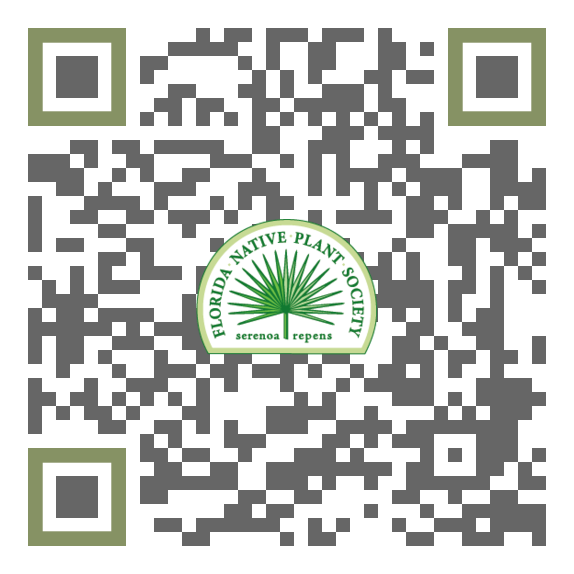FNPS Plant Database
Taxus floridana
Nomenclature
Common Name:
Synonym(s):
Genus species:
Family:
Taxaceae
Plant Specifics
Form:
Size:
Life Span:
Long-lived perennial
Flower Color:
Fruit Color:
Phenology:
Noted For:
Landscaping
Recommended Uses:
Considerations:
Poisonous seeds and foliage for both humans and livestock.
Difficult to establish in general landscapes.
Availability:
Propagation:
Light:
Moisture Tolerance:
Always Flooded---------------------------------Extremely Dry
□□□□□□□□□□□□□□□□□□■■■■■■■■■■■■■■■■■■□□□□□□
Somewhat moist, no flooding -to- Somewhat long very dry periods
Salt Water Flooding Tolerance:
Unknown
Salt Spray/Salty Soil Tolerance:
Low/no tolerance of salty wind or direct salt spray
Soil or Other Substrate:
Sand, Loam
Soil pH:
Suitable to Grow In:
8A,8B,9A,9B

USDA zones are based on the average annual extreme minimum winter temperature.
Don't know your zone? Click here to search by zip code.
Ecology
Wildlife:
Birds and other animals eat the fruit. Poisonous to humans and livestock.
Native Habitats:
Natural Range in Florida:
Visit the USF Libraries Atlas of Florida Plants
Comments:
Ethnobotany:
General Comments:
This tree has male and female plants. Females have red berry-like cones.
This species is extremely rare. Be sure to obtain this plant from properly licensed nurseries.
Citations:
Chapin, Linda. 2000. Field guide to the rare plants of Florida. Florida Natural Areas Inventory, Tallahassee, FL.
Osorio, Rufino. 2001. A gardener's guide to Florida's native plants. University Press of Florida, Gainesville, FL.
Watkins, John and Thomas Sheehan. 1975. Florida Landscapt Plants, Native and Exotic. University Presses of Florida, Gainesville. (soil, light, pH)
Wunderlin, R. P., B. F. Hansen, A. R. Franck, and F. B. Essig. 2021. Atlas of Florida Plants ( http://florida.plantatlas.usf.edu/ ). Institute for Systematic Botany, University of South Florida, Tampa.









